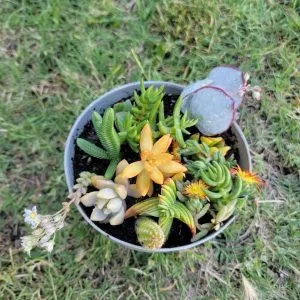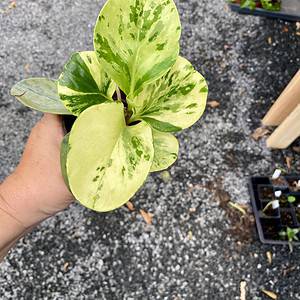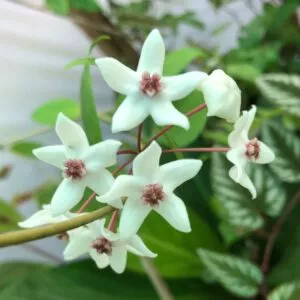No products in the cart.
Table of Contents
You have decided to join the group of houseplant parents worldwide wanting to get yourself indoor plants. Still, you’re part of the group of new gardeners and still unsure what you need to do.
Well, there are some common gardening mistakes you can avoid making with indoor and outdoor plants. So we are here to help you make the right decision when wanting flowering plants. There is no need to stress; you’ll be fine!
Common Mistakes to Avoid with Outdoor and Indoor Plants
Having houseplants is rewarding, but they come with some pitfalls that hinder your plant’s growth and end up not looking like healthy plants. Hence, knowing what mistakes to avoid will help you become the best plant parent.
#1 Not Taking Your Indoor Environment Into Consideration
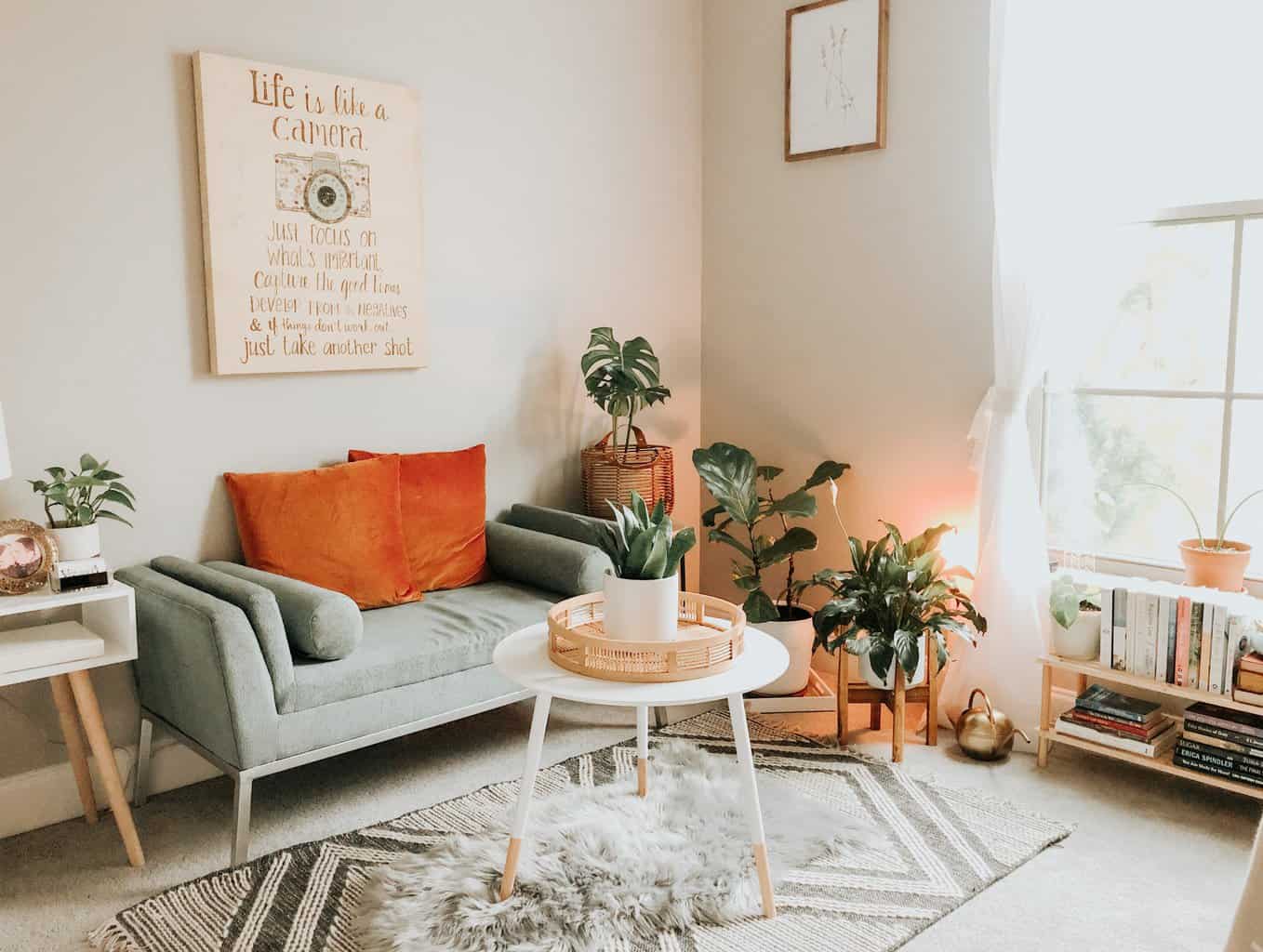
As beginner gardeners, we all make the same mistake and want to grow succulents to fit our interior design. Still, before you invest in a plant, you need to check the lighting.
You can remember to provide your plant with water, but having light-loving plants in a spot with low light does not help. It will stress out your plants. So, the rule is to research your plant species before you buy.
Knowing the best conditions for your plant can grow into a healthy plant. The same applies to planting most plants outside. Check if your plant needs full sun or indirect sunlight to part shade.
Most gardeners make the same mistakes by placing plants in the wrong growing spots leading to the death of most plants. So, check how much light your houseplants need, and preferably do not bring the wrong plants home.
#2 Not Preparing The Potting or Garden Soil
As a beginner gardener, the important thing is preparing your soil before planting your plants or even repotting plants. For indoor and outdoor plants, the soil in a container is essential. It needs to provide drainage and nutrients and prevent compaction.
When you prepare the soil, it gives your plants the best chance to survive. Use a spade or your tiller to help loosen up the soil breaking up any clumps for outdoor gardening. Also, remove any debris that will prevent the plant’s growth.
Then add some organic matter or compost to improve the drainage and fertility. Always use the recommended soil for succulents and most houseplants for container growing. Ensure that the pot has enough drainage holes for excess water to drain freely.
Most plants do not enjoy wet feet as it can lead to root rot and, yes, the death of your plants. As you can see, whether it is a garden bed or a container, the same rules apply.
#3 Not Repotting Your Plants
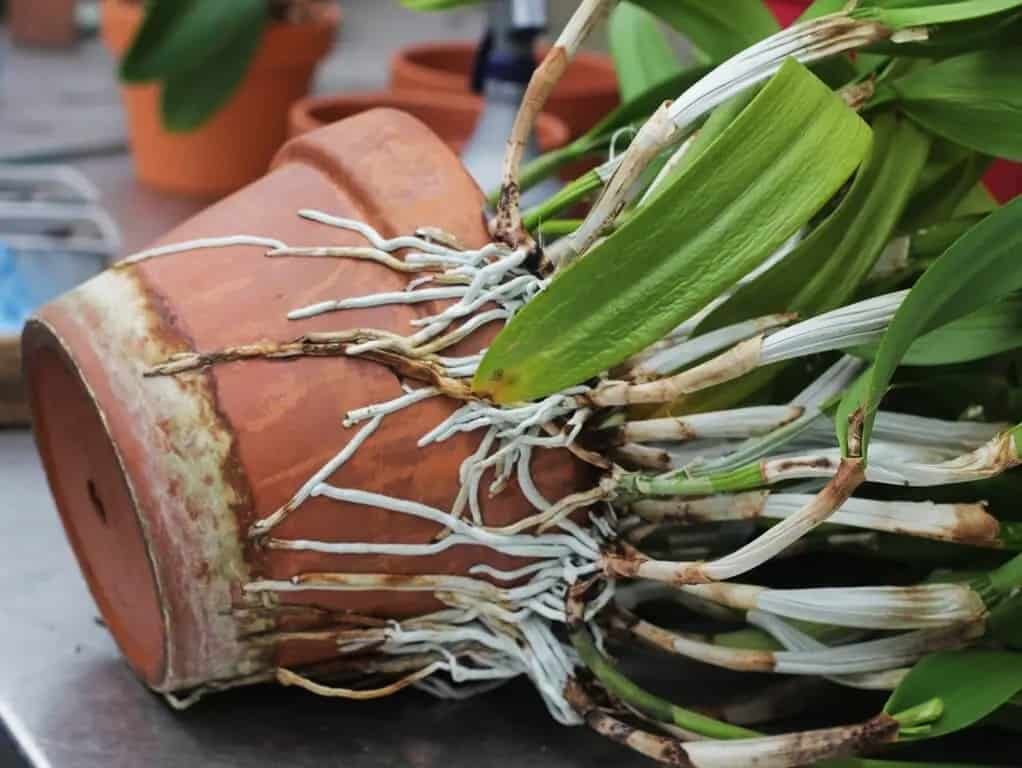
For a new gardener, another common mistake is to keep their houseplants in the same pot year after year. Regardless of your plant type, it will need a new pot to ensure the plant roots do not become rootbound.
Replanting you can do every two to three years, depending if you have trees, flowering plants, or shrubs. Plants that grow in the same container risk getting pests, root rot, and mold.
So, give your plant a larger pot if needed, or if it is a slow grower, clean the same container and replenish the soil with fresh potting mix.
So new plant parents give your plants more space to grow and thrive. Another mistake when repotting houseplants is using garden soil for your indoor plant or even new plants.
Thus it is best to use an indoor potting mix as they need different requirements to provide nutrients.
#4 Over and Under Fertilizing
These are other common problems, whether you have a large tree or even planting mint that provides nutrients. The truth is it is not only beginner gardeners but pros that can make this mistake.
For healthy soil and plants, you need a balance of nutrients as too much fertilizer leads to an overload of nutrients. It will result in yellow leaves with stunted growth. While too little results in a nutrient deficiency.
Your plants grow weak, and you need to find a perfect balance and understand what your plants need. Still, it takes practice and reading some plant care guides to help. Usually, the recommended time for feeds is in the growing season.
But always check your plant’s information to how much they need.
#5 Very Few Plants Like Over or Under Watering
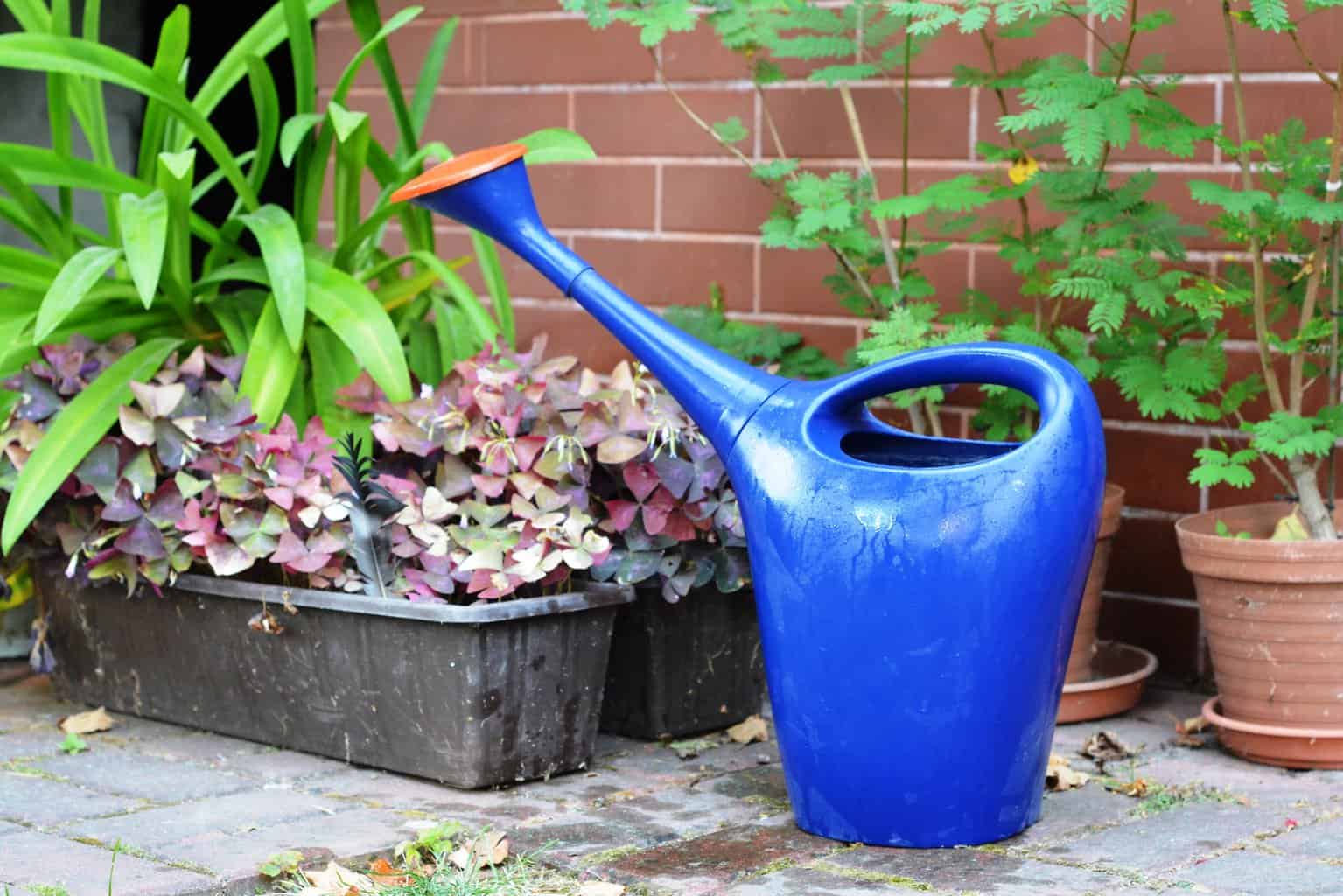
Most newbie plant parents make this common mistake whether you have an indoor plant or garden bed. As a result, you either overwater your plants or end up under-watering them. The best is to quench your plant’s thirst when it needs it.
Over-watering leads to fungal growth, while under-watering results in the leaves wilting and flowers dropping. So, check your finger to see how much water it needs and if you must refrain from watering.
If dry to the touch, quench your plant’s thirst, and if soggy, let it stand in some direct sunlight to dry out. Another way to check if plants need water is when the leaves droop and flowers wilt.
When your plant is parched, let the water run slowly and deeply so the roots can absorb the moisture.
#6 Ignoring Plant Disease and Pests
Always check for disease and common pests, whether you bring new plants from your local nursery or have a garden with veg, herbs, trees, or shrubs. Dealing with pests to diseases is unavoidable in garden beds right through to a pot.
So, when the time comes to treat these problems, it helps to do it sustainably without harming other plants and beneficial insects. For aphids, you can use sticky traps or even place barriers using a fine mesh.
Or you can encourage natural predators like ladybugs. Alternatively, you can do companion planting when growing veg and herbs. Again, using sustainable methods leads to excellent plant health.
#7 Moving Plants Frequently

Like you, plants thrive on stability, and if you move your plants from one room to another to change your decor, then you are harming your plants. Moving plants as the season’s change is good if it needs more direct sunlight and humidity. But your plant takes time to adapt to a new environment.
#8 Not Check The Plant Rotts Regularly
Whether your first plant in your first garden or indoor plant collection, plant roots are essential for health. To check this, it helps to keep an eye on the leaves for any discoloration and check the soil moisture.
Also, peek at the roots if you can, as common concerns are discoloration or overcrowding.
Final Thoughts
We all make mistakes, but you need not worry as you can rectify most of these common gardening mistakes. All it takes is understanding your plant and its needs. Then, when you grow plants, it is beneficial and, the best part, very relaxing.
Frequently Asked Questions
When it comes to your garden or indoor plants, you should provide them with the proper growing conditions with suitable soil. Never over/underwater your plants or over-fertilize them and keep checking the plants for pests, disease, and the root system.
Some of the most common mistakes people make with container plants:
Not using the correct container
Not feeding plants or overfeeding your houseplants
Over or Underwatering
Not providing drainage holes allows excess water into drainage holes
According to one farmer, the most challenging plant to grow is wasabi. It takes up to six years to access viable seeds. Furthermore, it is very temperamental to humidity and nutrients if not correct and can wipe out a whole crop. WOW!
You can find these plant materials at any local nursery, but you need not travel far as Plantly has all the right equipment you need to keep your houseplants happy.
Whether you want to buy, sell or simply reach out to other plant enthusiasts, Plantly is the right place to be!
In stock In stock In stock In stock
Free Shipping
$20.00
Sold By:
Blessed Family Farm
ASSORTED SUCCULENT ARRANGEMENT
Rated 4.82 out of 5 based on 22 customer ratings01
Sold By:
Blessed Family Farm
$18.00
Sold By:
Smoot's Farm
Peperomia Marble 4 Inch Pot Live Plant
Rated 4.89 out of 5 based on 27 customer ratings00
Sold By:
Smoot's Farm
$9.99
Sold By:
Cacti and Exotica
4″ Kalanchoe synsepala
Only 10 available and it’s in 1 people’s basket Rated 4.98 out of 5 based on 59 customer ratings00
Sold By:
Cacti and Exotica
$17.95
Sold By:
SunSoul Plants
$29.95Hoya Iris Marie plant potted in 4″ pot
Rated 4.87 out of 5 based on 98 customer ratings00
Sold By:
SunSoul Plants
